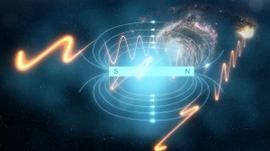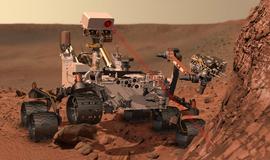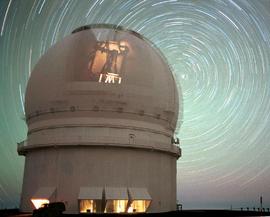Euclid : the quest for dark energy, Alain Blanchard
le 15 nov 2019 de 11h00 à 13h00

le 15 nov 2019 de 11h00 à 13h00

Thanks to large surveys such as Gaia, the Sloan Digital Sky Survey (SDSS), GALEX, 2MASS, NVSS, FIRST, XMM-Newton and Chandra, we have catalogued many different stars and galaxies. We have also found some very exotic objects, especially when we observe at high energies, where we detect matter at very high temperatures around black holes, neutron […]

le 18 oct 2019 de 11h00 à 13h00 Supermassive black holes (SMBHs; masses of ≳10^6M⊙) lie at the center of most (if not all) galaxies. As they grow via accretion, as active galactic nuclei (AGN), they become thousands of times brighter than the galaxies that host them. As a result, they have a dramatic impact […]

le 11 oct 2019 de 11h00 à 13h00

le 04 oct 2019 de 11h00 à 13h00

le 27 sept 2019 de 11h00 à 13h00

le 13 sept 2019 de 11h00 à 13h00

Master Astrophysique, Sciences de l’Espace, Planétologie – Université Paul Sabatier

Master Astrophysique, Sciences de l’Espace, Planétologie – Université Paul Sabatier